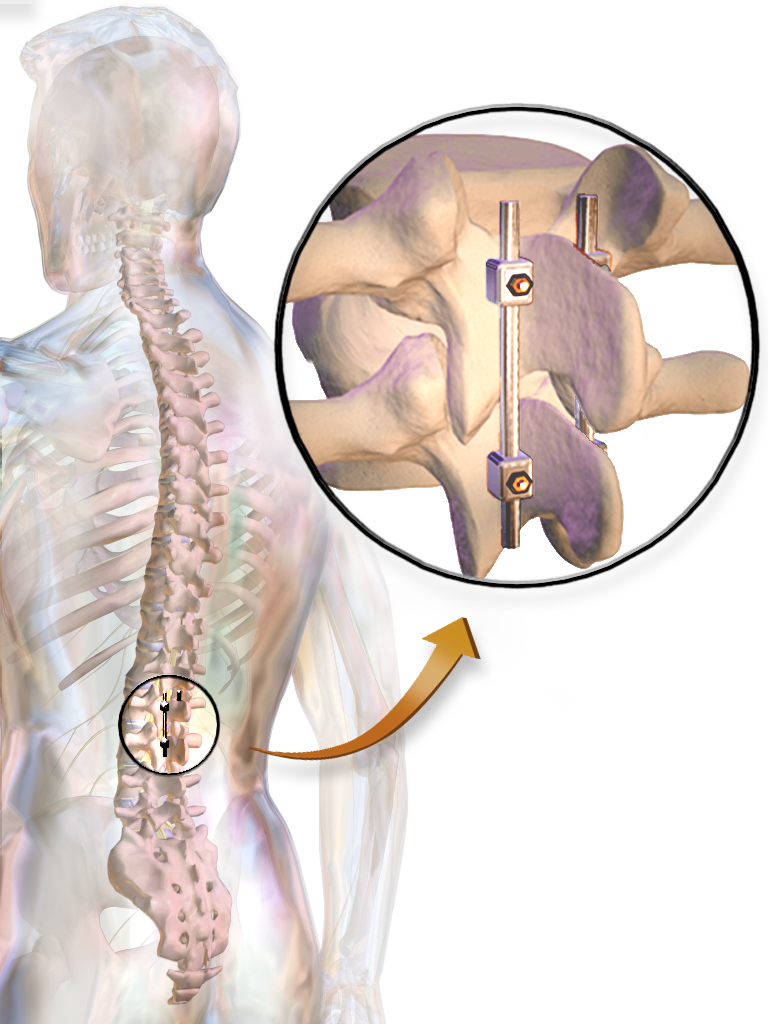|
Cotrel–Dubousset Instrumentation
Introduced in 1983, Cotrel–Dubousset Instrumentation is a treatment approach to scoliosis Scoliosis (: scolioses) is a condition in which a person's Vertebral column, spine has an irregular curve in the coronal plane. The curve is usually S- or C-shaped over three dimensions. In some, the degree of curve is stable, while in others .... Unlike Harrington rods, this treatment is more than just an osteodistraction mechanism and allows correction of some of the features of scoliosis untreatable by Harrington rods, such as rib hump. References Orthopedic surgical procedures Implants (medicine) {{treatment-stub ... [...More Info...] [...Related Items...] OR: [Wikipedia] [Google] [Baidu] |
Scoliosis
Scoliosis (: scolioses) is a condition in which a person's Vertebral column, spine has an irregular curve in the coronal plane. The curve is usually S- or C-shaped over three dimensions. In some, the degree of curve is stable, while in others, it increases over time. Mild scoliosis does not typically cause problems, but more severe cases can affect breathing and movement. Pain is usually present in adults, and can worsen with age. As the condition progresses, it may alter a person's life, and hence can also be considered a disability. It can be compared to kyphosis and lordosis, other abnormal curvatures of the spine which are in the sagittal plane (front-back) rather than the coronal (left-right). The cause of most cases is unknown, but it is believed to involve a combination of Genetics, genetic and environmental factors. Scoliosis most often occurs during growth spurts right before puberty. Risk factors include other affected family members. It can also occur due to anoth ... [...More Info...] [...Related Items...] OR: [Wikipedia] [Google] [Baidu] |
Harrington Implant
The Harrington rod (or Harrington implant) is a stainless steel surgical device. Historically, this rod was implanted along the spinal column to treat, among other conditions, a lateral or coronal-plane curvature of the spine, or scoliosis. Up to one million people had Harrington rods implanted for scoliosis between the early 1960s and the late 1990s. History The Harrington implant was developed in 1953 by Paul Harrington, a professor of orthopedic surgery at Baylor College of Medicine in Houston, Texas. Harrington had a keen interest in working with patients with neuromuscular scoliosis, particularly patients who had poliomyelitis. Harrington collaborated with an orthotist named Thorkild Engen to develop the Harrington Rod. Harrington rods were intended to provide a means to reduce the curvature and to provide more stability to a spinal fusion. Before the Harrington rod was invented, scoliosis patients had their spines fused without any instrumentation to support it; such f ... [...More Info...] [...Related Items...] OR: [Wikipedia] [Google] [Baidu] |
Osteodistraction
Distraction osteogenesis (DO), also called callus distraction, callotasis and osteodistraction, is a process used in orthopedic surgery, podiatric surgery, and oral and maxillofacial surgery to repair skeletal deformities and in reconstructive surgery. The procedure involves cutting and slowly separating bone, allowing the bone healing process to fill in the gap. Medical uses Distraction osteogenesis (DO) is used in orthopedic surgery, and oral and maxillofacial surgery to repair skeletal deformities and in reconstructive surgery. It was originally used to treat problems like unequal leg length, but since the 1980s is most commonly used to treat issues like hemifacial microsomia, micrognathism (chin so small it causes health problems), craniofrontonasal dysplasias, craniosynostosis, as well as airway obstruction in babies caused by glossoptosis (tongue recessed too far back in the mouth) or micrognathism. In 2016, a systematic review of papers describing bone and soft tissue out ... [...More Info...] [...Related Items...] OR: [Wikipedia] [Google] [Baidu] |
Orthopedic Surgical Procedures
Orthopedic surgery or orthopedics ( alternative spelling orthopaedics) is the branch of surgery concerned with conditions involving the musculoskeletal system. Orthopedic surgeons use both surgical and nonsurgical means to treat musculoskeletal trauma, spine diseases, sports injuries, degenerative diseases, infections, tumors and congenital disorders. Etymology Nicholas Andry coined the word in French as ', derived from the Ancient Greek words ("correct", "straight") and ("child"), and published ''Orthopedie'' (translated as ''Orthopædia: Or the Art of Correcting and Preventing Deformities in Children'') in 1741. The word was assimilated into English as ''orthopædics''; the ligature ''æ'' was common in that era for ''ae'' in Greek- and Latin-based words. As the name implies, the discipline was initially developed with attention to children, but the correction of spinal and bone deformities in all stages of life eventually became the cornerstone of orthopedic p ... [...More Info...] [...Related Items...] OR: [Wikipedia] [Google] [Baidu] |


